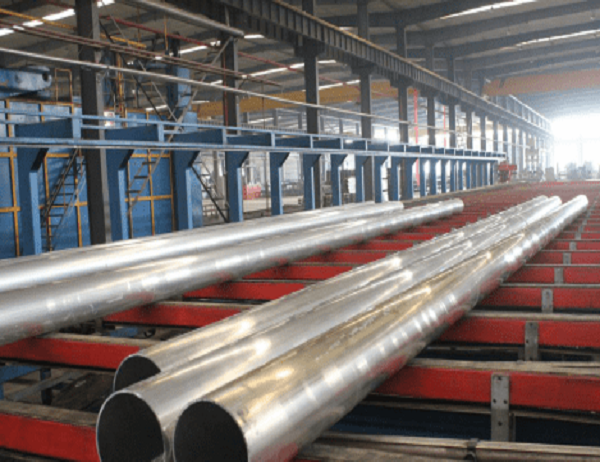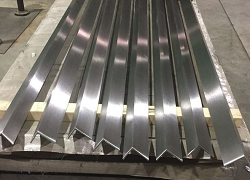Delve into the intriguing world of anodization, a transformative process that endows aluminum sheets with exceptional durability and aesthetic appeal. Anodization involves submerging aluminum in an electrolytic solution, triggering a series of electrochemical reactions that alter the metal’s surface.
During anodization, an electric current flows through the solution, converting the aluminum’s outermost layer into aluminum oxide. This oxide layer, known as the anodic film, forms a protective barrier against corrosion and enhances the metal’s strength and wear resistance.
The thickness and properties of the anodic film can be precisely controlled by manipulating the anodization parameters, such as the electrolyte composition, current density, and temperature. By tailoring these parameters, manufacturers can produce anodic films with specific characteristics, including:
Coloration: The anodic film can be tinted with a wide range of hues by incorporating specific ions into the electrolyte.
Texture: Varying the anodization process can create various textures on the aluminum surface, from smooth and glossy to matte and porous.
Durability: Anodic films provide superior protection against corrosion, abrasion, and harsh chemical environments, extending the lifespan of aluminum products.
Anodization is a versatile process that finds applications in numerous industries, including aerospace, construction, automotive, and consumer electronics. It is particularly advantageous for applications where lightweight, durable, and aesthetically pleasing materials are required.
By understanding the process of anodizing aluminum sheets, engineers and manufacturers can harness the exceptional properties of this technology to develop innovative and high-performance products. Whether it’s durable aircraft components, corrosion-resistant building materials, or eye-catching consumer gadgets, anodization plays a crucial role in enhancing the functionality and aesthetics of countless products.



